Breast Cancer Recurrence is a serious concern for anyone who has had breast cancer. 5-year recurrence is the most common time frame that people experience recurrence. It is important to be aware of this potential and to know how to reduce your risk and maximize your health.

Table Of Content:
- Factors that predict recurrence later than 5 years after initial ...
- Breast Cancer Recurrence: Symptoms & Treatment
- Incidence of Breast Cancer Recurrence 10-32 Years After Primary ...
- 20-Year Risks of Breast-Cancer Recurrence after Stopping ...
- Risk of Early-Stage Breast Cancer Recurring 10 or More Years After ...
- Understanding the Risk of Late Recurrence of Breast Cancer ...
- Residual risk of breast cancer recurrence 5 years after adjuvant ...
- Recurrent breast cancer - Symptoms and causes - Mayo Clinic
- Survival and Risk of Breast Cancer Recurrence After Treatment
- Ten Years of Tamoxifen Reduces Breast Cancer Recurrences ...
1. Factors that predict recurrence later than 5 years after initial ...
https://wjso.biomedcentral.com/articles/10.1186/s12957-016-0988-0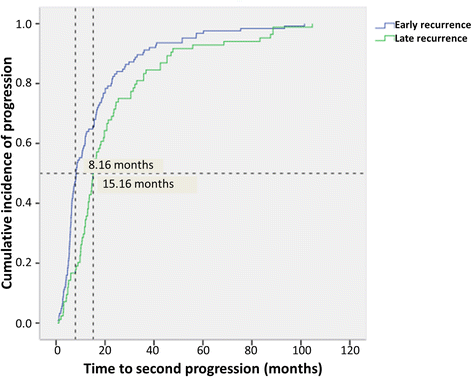 Aug 24, 2016 ... As with most solid cancers, breast cancer relapse rates are highest in the first 5 years following initial treatment and decline to a steady ...
Aug 24, 2016 ... As with most solid cancers, breast cancer relapse rates are highest in the first 5 years following initial treatment and decline to a steady ...
2. Breast Cancer Recurrence: Symptoms & Treatment
https://my.clevelandclinic.org/health/diseases/8328-breast-cancer-recurrence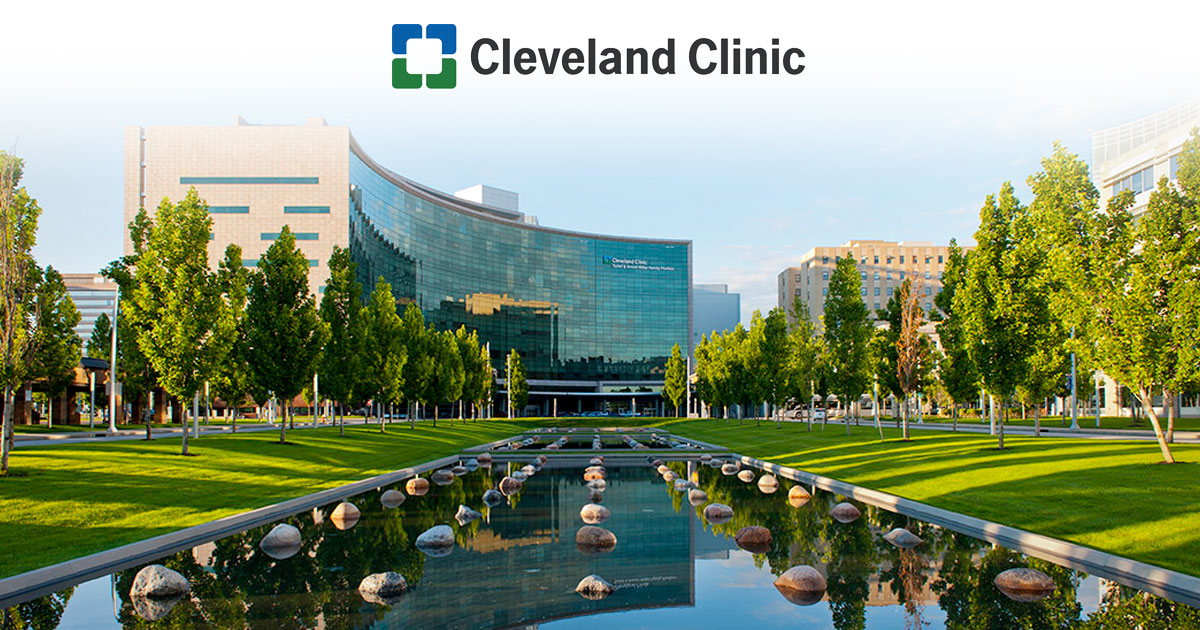 Mar 24, 2021 ... There is a 6% chance of cancer returning within five years if the healthcare providers didn't find cancer in axillary lymph nodes during the ...
Mar 24, 2021 ... There is a 6% chance of cancer returning within five years if the healthcare providers didn't find cancer in axillary lymph nodes during the ...
3. Incidence of Breast Cancer Recurrence 10-32 Years After Primary ...
https://academic.oup.com/jnci/article/114/3/391/6423212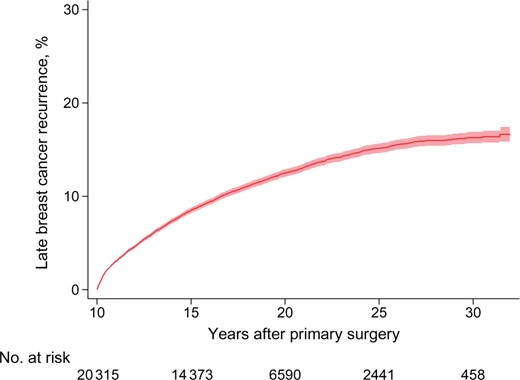 A meta-analysis by Pan et al. (14) included 88 trials representing over 60 000 women with ER-positive breast cancer treated with tamoxifen for 5 years. Between ...
A meta-analysis by Pan et al. (14) included 88 trials representing over 60 000 women with ER-positive breast cancer treated with tamoxifen for 5 years. Between ...
4. 20-Year Risks of Breast-Cancer Recurrence after Stopping ...
https://www.nejm.org/doi/full/10.1056/nejmoa1701830 Nov 9, 2017 ... After 5 years of adjuvant endocrine therapy, breast-cancer recurrences continued to occur steadily throughout the study period from 5 to 20 ...
Nov 9, 2017 ... After 5 years of adjuvant endocrine therapy, breast-cancer recurrences continued to occur steadily throughout the study period from 5 to 20 ...
5. Risk of Early-Stage Breast Cancer Recurring 10 or More Years After ...
https://www.breastcancer.org/research-news/early-stage-recurrence-risk-linked-to-er-status-and-other-factors
Nov 30, 2021 ... Overall, the study found that recurrence happened up to 32 years after diagnosis. This is the first time research has shown that breast cancer ...
6. Understanding the Risk of Late Recurrence of Breast Cancer ...
https://www.cancer.net/blog/2017-05/understanding-risk-late-recurrence-breast-cancer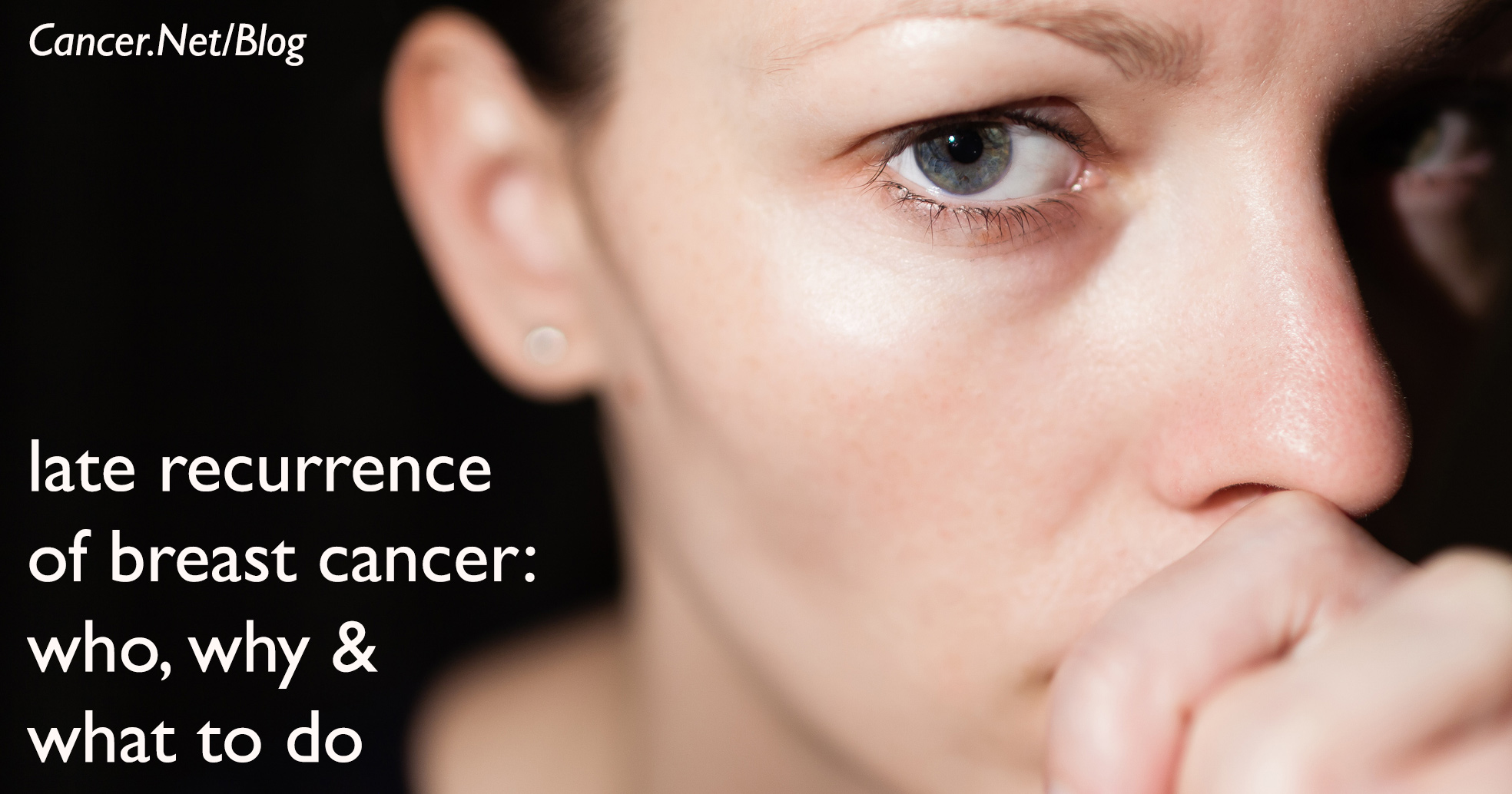 May 25, 2017 ... Beyond the first 5 years ... The risk of breast cancer recurrence is highest during the first 2 years after the initial diagnosis. As time passes, ...
May 25, 2017 ... Beyond the first 5 years ... The risk of breast cancer recurrence is highest during the first 2 years after the initial diagnosis. As time passes, ...
7. Residual risk of breast cancer recurrence 5 years after adjuvant ...
https://pubmed.ncbi.nlm.nih.gov/18695137/ Aug 20, 2008 ... The 5-year residual risks of recurrence for patients with stage I, II, and III cancers were 7% (95% confidence interval [CI] = 3% to 15%), 11% ( ...
Aug 20, 2008 ... The 5-year residual risks of recurrence for patients with stage I, II, and III cancers were 7% (95% confidence interval [CI] = 3% to 15%), 11% ( ...
8. Recurrent breast cancer - Symptoms and causes - Mayo Clinic
https://www.mayoclinic.org/diseases-conditions/recurrent-breast-cancer/symptoms-causes/syc-20377135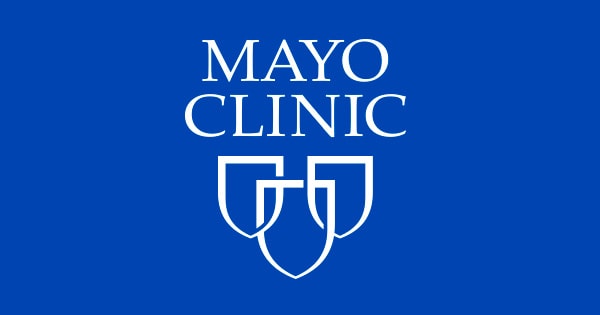 Jul 2, 2022 ... Recurrent breast cancer may occur months or years after your initial treatment. The cancer may come back in the same place as the original ...
Jul 2, 2022 ... Recurrent breast cancer may occur months or years after your initial treatment. The cancer may come back in the same place as the original ...
9. Survival and Risk of Breast Cancer Recurrence After Treatment
https://www.komen.org/breast-cancer/treatment/recurrence/survival-and-risk-of-recurrence/ Local recurrence is the return of cancer to the breast, chest wall or nearby lymph nodes after treatment. Most local recurrence occurs within the first 5 years ...
Local recurrence is the return of cancer to the breast, chest wall or nearby lymph nodes after treatment. Most local recurrence occurs within the first 5 years ...
10. Ten Years of Tamoxifen Reduces Breast Cancer Recurrences ...
https://www.cancer.gov/types/breast/research/10-years-tamoxifen
Mar 20, 2013 ... From 5 to 9 years after the women began tamoxifen therapy, there was little difference in outcomes between the two treatment groups. This ...
Conclusion:
Breast cancer recurrent after 5 years can be very scary – but knowing more about it helps us better understand it so we can make proactive decisions around managing our risk and maximizing our health potential going forward. It's important to stay informed about what increases our risk but also focus on all the things that we can do right now in order to reduce our own personal risks going forward..
